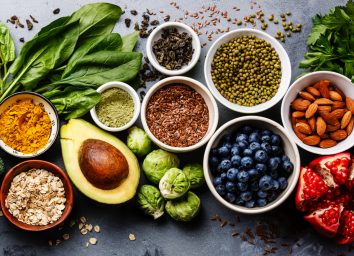5 Eating Habits Dietitians Recommend When Your Crash Diet Fails
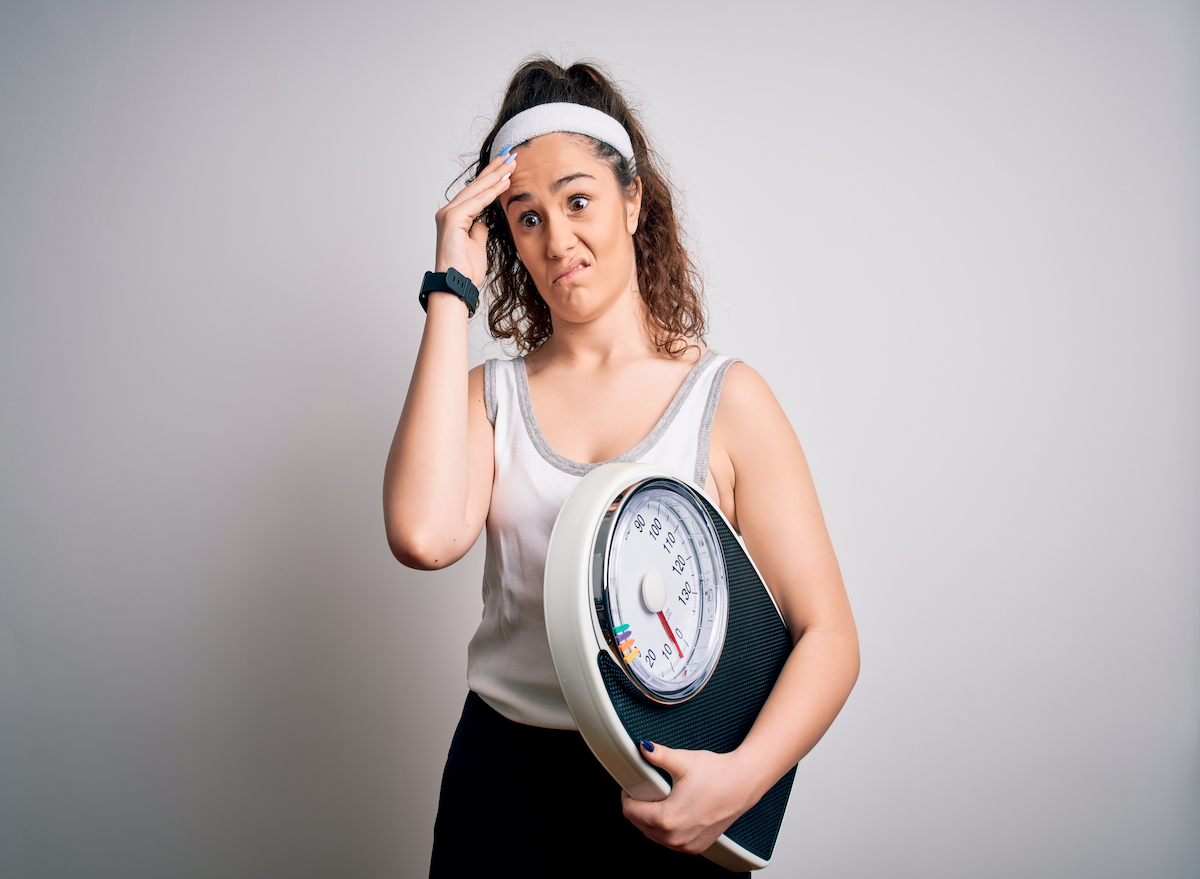
Going on a diet switches up your typical, everyday routine by changing your workout, what you eat and drink, as well as how you eat. When it comes to crash diets, you’re giving your body very few calories in order to see faster weight loss results. Yes, you lose weight quicker. However, you’re not giving your body enough nutrients, causing an unhealthy outcome that could lead to negative effects in the long run.
We spoke with our Medical Expert Board on eating habits they recommend for switching out of your crash diet and stepping into a healthier lifestyle. For more, check out The #1 Unhealthiest Diet You Should Never Try, According to a Dietitian.
Focus on the positive

Your mindset plays a big role in dieting, as sometimes you feel like you need to trick your mind into actually eating better. That’s why it’s important to take a step back, take a deep breath, remain positive, and think about what foods you can add to our diet.
“So often, when dieting, we focus on deprivation,” says Lisa Young, PhD, RDN, and author, Finally Full, Finally Slim & The Portion Teller Plan. “Instead, I suggest people focus on adding healthy foods that are high in nutrients without too many calories—fruits, vegetables, beans, fish.”
Keep track of what you eat.

“If you aren’t mentally exhausted from the failure of your crash diet, I recommend monitoring your food intake another way,” says Molly Hembree, MS, RD, LD. “Rather than tracking every portion, calorie, or macronutrient, have a notebook (paper or digital) where you simply write down the names of foods you eat throughout the day and the time you eat them.”
When you write these things down, you’ll be able to see you are enjoying healthy foods without judgment, which can feel encouraging. You might also start noticing trends in your food choices. For example,different times of the day or different days of the week might be able to tell you what you went through at that specific time. Then you can look back and see what you want to change for the following day or week.
“This method of still focusing on healthy eating can help you be in control but not repeat the cycle of feeling failure,” says Hembree.
Practice portion control.
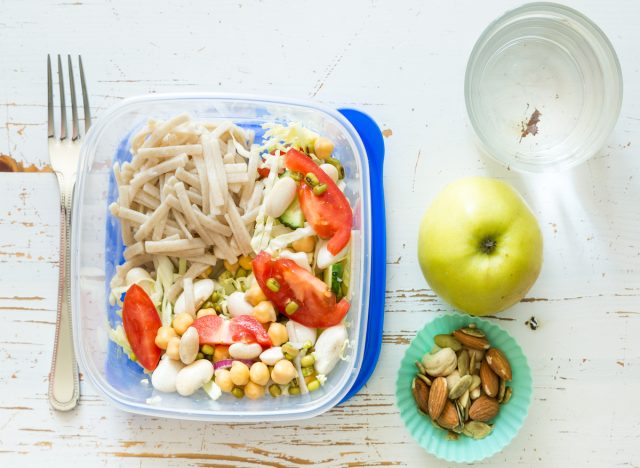
Portion control allows you to still eat your favorite foods throughout the day, but in moderation. This helps cut out the stress of avoiding unhealthy foods, but also keeps you from binge eating them all at once, especially if you’ve cut them out for so long.
“And rather than try to count calories, choose healthy portions,” Young adds. “You can enjoy your favorite starch like rice and pasta, but watch how much you put on your plate. Enjoy dessert but share it with your dining companion.”
Change your fruit and vegetable intake.
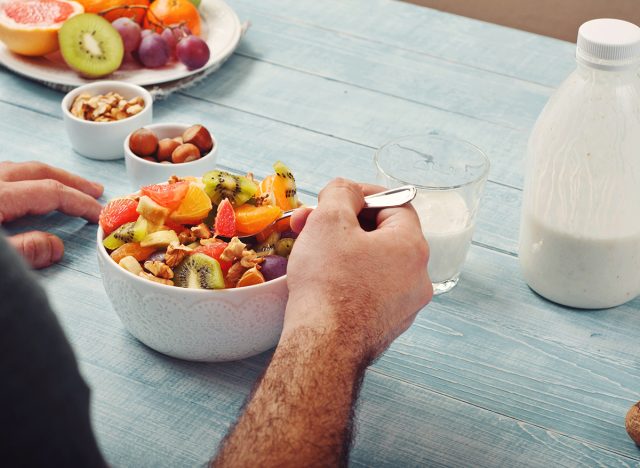
“Most Americans come up way short on fruit and vegetable intake (ok maybe besides corn and potatoes!),” says Hembree. “Ignore any other methods out there for weight loss and only change how many fruits and vegetables you eat.”
Hembree suggests trying to first have one more vegetable serving a day. Then, a few days later, add one more fruit serving a day. Do that everyday for a couple weeks, then see if you can add one more serving each of a fruit and vegetable.
“Fruits and vegetables have a high water and fiber content, along with low calories (aside from avocados) to keep you full and assist with weight loss naturally,” says Hembree. “Soon enough you’ll be hitting nutrition guidance goals of about three servings each of fruits and vegetables a day!”
Fill your plate.
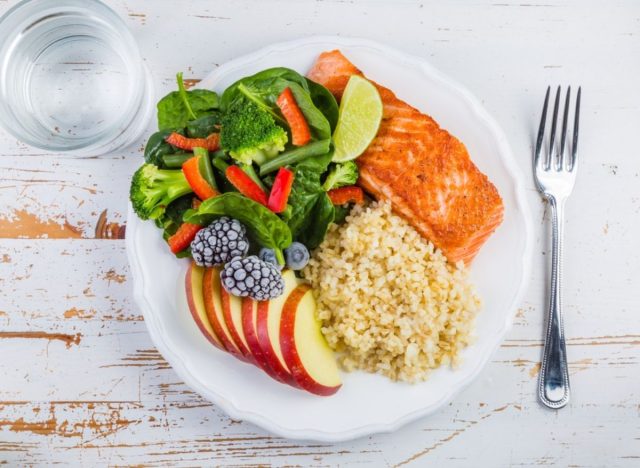
“A dieter’s nightmare is staring at a half-empty plate,” says Young. This, along with trying to fit your food on smaller plates, doesn’t actually work.
According to a study done by Ben-Gurion University of the Negev, tricking the brain into eating less by serving food on a smaller plate doesn’t necessarily work. Instead, when people are food-deprived, they’re more likely to identify a portion size accurately, no matter how it is served.
Young’s secret? Making half the plate full of fruits and vegetables.
“This trick helps you feel satisfied rather than deprived,” says Young.


